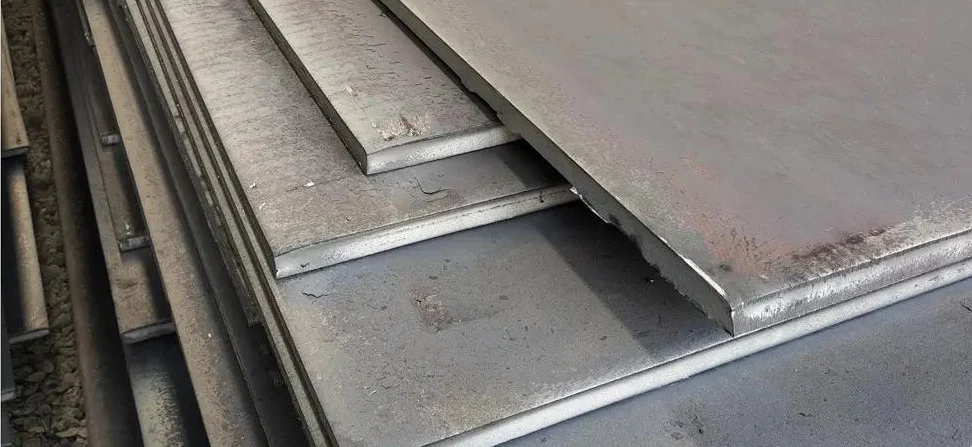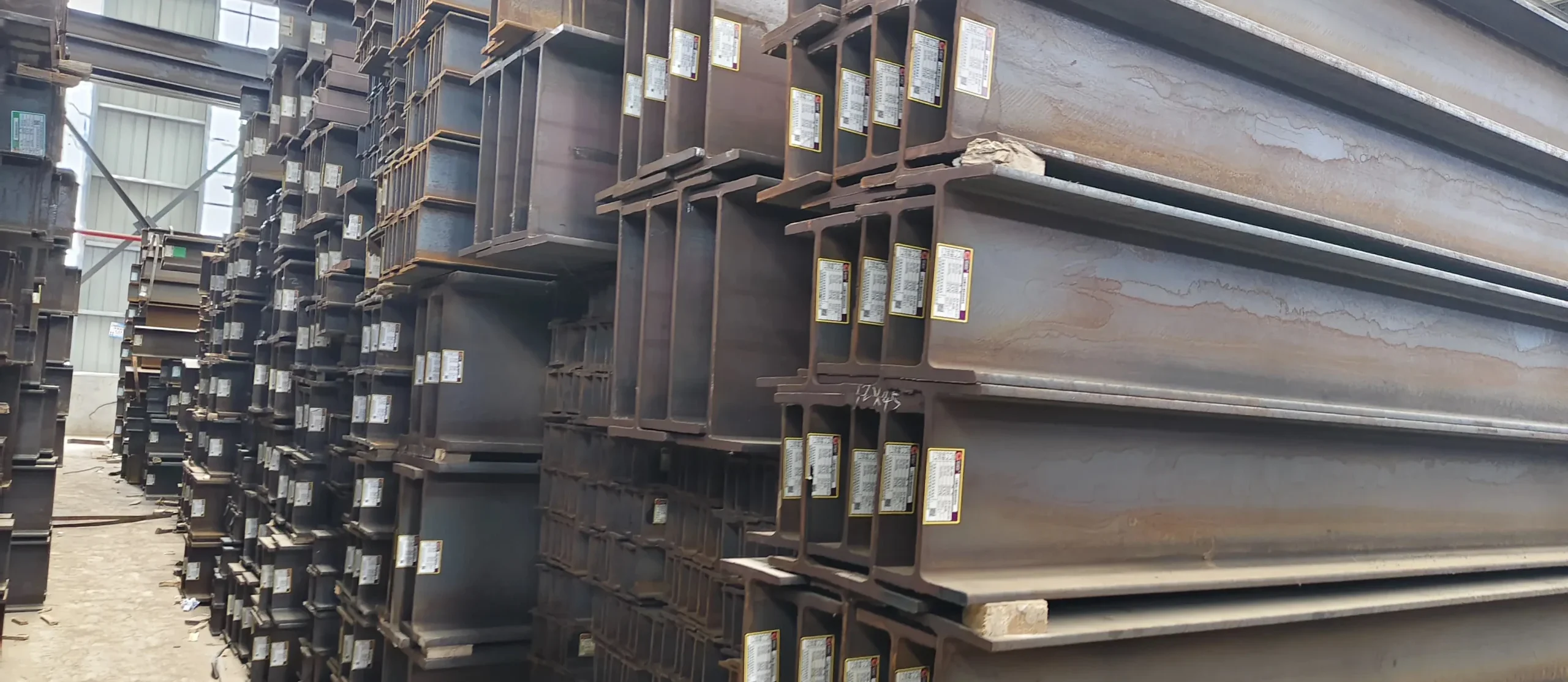The corrosion resistance of stainless steel pipes mainly depends on the surface passivation layer

Stainless steel pipe, like duplex pipe and fittings has good corrosion resistance, high temperature oxidation resistance, good low temperature performance and excellent mechanical and processing performance. Therefore, it is widely used in chemical, petroleum, power, nuclear engineering, aerospace, marine, pharmaceutical, light industry, textile and other sectors.
The corrosion resistance of stainless steel mainly depends on the surface passivation layer. If it is incomplete or defective, the stainless steel pipe will still be corroded.
Principle of duplex pipe, seamless stainless steel pipe pickling and passivation:
The corrosion resistance of stainless steel is mainly because the surface is covered with a very thin (about 1nm) dense passivation layer, which is the basic barrier for stainless steel protection.
The passivation of stainless steel has dynamic characteristics. It should not be considered that the corrosion has completely stopped, but that it forms a diffusion barrier, which greatly reduces the anode reaction rate. In the presence of reducing elements (such as chloride ions) tend to destroy the layer, and in the presence of oxidizing substances (such as air) can maintain or repair the layer.
The stainless steel pipe workpiece will form an oxide layer when placed in the air, but this film is not as protective as the passivation layer.
Generally, thorough cleaning is required, including alkaline cleaning and acid cleaning, and then passivation with an oxidizing agent can ensure the integrity and stability of the passivation layer.
One of the purposes of pickling is to create favorable conditions for passivation treatment and ensure the formation of a high-quality passivation layer. By pickling, the surface of the stainless steel pipe is eroded with an average thickness of 10 μm, which can make the entire surface tend to be evenly balanced, and some hidden dangers that are easy to cause corrosion are eliminated.
More importantly, through acid pickling and passivation, the iron and iron oxides are preferentially dissolved than the chromium and chromium oxides, and the chromium-depleted layer is removed, resulting in the enrichment of chromium on the surface of stainless steel. The potential can reach + 1.0V (SCE), which is close to the potential of precious metals, which improves the stability of corrosion resistance.
Different passivation treatments will form different corrosion resistance. Through electrochemical treatment, the passivation layer can have a multi-layer structure, forming a CrO3, Cr2O3, or glassy oxide layer on the surface layer, so that the stainless steel tube can exert maximum resistance Corrosion ability.



